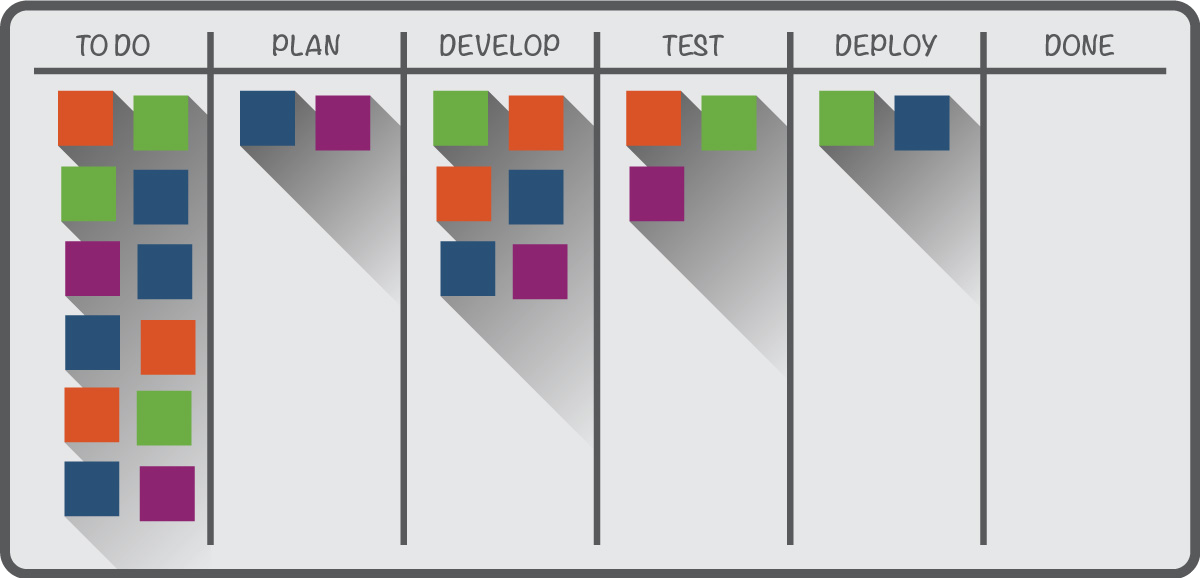
Kanban
PepperSprint makes use of Kanban, a popular approach to software development project management that originated from manufacturing processes. In our software development activities Kanban is used to visualize and manage work, improve workflow efficiency, and optimize the delivery of software products. Thanks to Kanban we can drive our priorities and manage resources accordingly.
